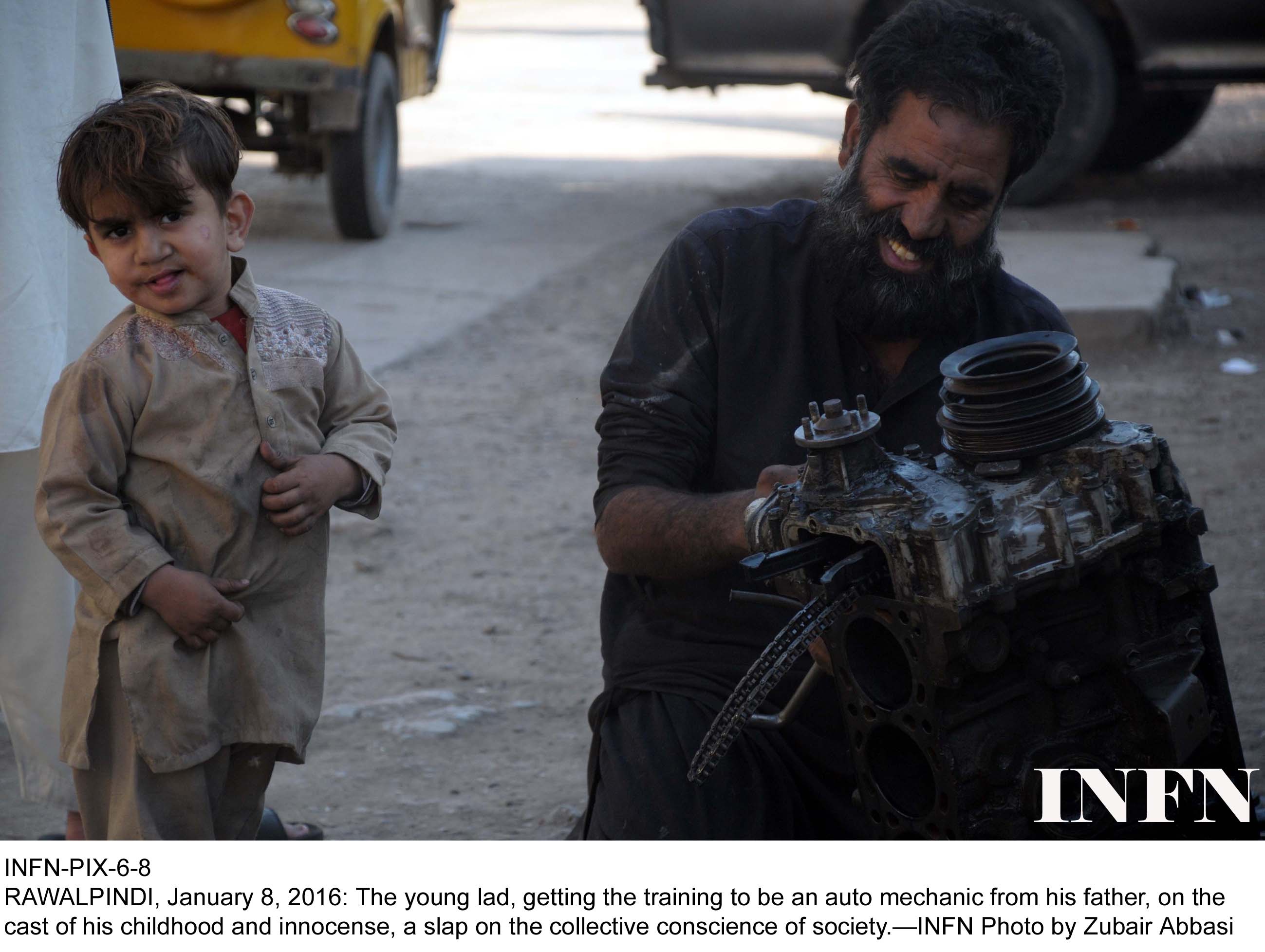Locked to guard against mixing of memory and desire!
Aftab Alam

ISLAMABAD, July 8, 2010: The glass door of the green windowed museum, sporting the insignia of Pakistan Railways and North West Railways remains locked. On inquiry, this news agency was told by Station Master Muhammad Ramzan, “The museum is opened on request; there is no ticket for it. You just have to buy the platform ticket worth five rupees and you can enjoy the magical beauty of the platform and the museum as long as you want to.”
Inside the hall are rare items on display including 1901 rifles of Belgium, watches that were winded once a week- as told by the S.M, pendulums, a kerosene tilly-lamp also called flood-light projector, gate signal lamps, crockery, fans, arms and ammunition, surgical items used at railway hospitals, a Railway time table of 1943, separate water containers for Hindus and Muslims and a metal letter container to carry folded letters.
The wood panelled roof of the museum has antique fans, including a rare two-winged one. The British crockery on display includes spoons, forks and knives made of pure silver, however, the models of railway locomotives are newly made and not antique.
Another rare thing on display is the big glass-bottle which is claimed by the station master to be a drip. The majority of items on display belong to the North West Railways, as Pakistan Railways was called before Independence, dating back to year 1890. The attempt is to preserve and display vintage items and artifacts related to the history of railways at the Heritage Point. “The project is funded by the European Union (EU) and started in 2002,” said M. Ramzan.
“A steam safari ride to the major tourist attraction, the ancient city of Taxila on alternate days, is on cards in near future, and the project of running a tram is also in the pipeline,” he added, smilingly.
The museum displays a rare key, which was used to lock doors of passenger coaches to protect against forcible opening by extremists while carrying refugees to Pakistan through Indian stations.
A token instrument of the Khem Karan Railway Station, India, is also exhibited at the museum, which was brought as a trophy piece by the valiant soldiers of Pakistan Army, who had captured the Khem Karan Railway Station from Indians during the 1965 war. The station master rotated a lever and the silver-coloured token ball dropped out of it which according to him was used as a ‘token of authority’ for the train to move ahead.
The station master sadly told this scribe, “We keep waiting for the people to visit, but in vain. The occasional visitors are foreigners who come to see this wonderful museum.”
Museum at Golra Railway Junction is yet another example of our coldhearted approach towards our history. Nations take pride in their roots that are described in the history books and displayed in their museums. But since we consider all antiques as useless and unwanted relics of the time that are of no use to us in the fiscal sense, we discard them as a burden we have to shoulder, forcedly. These physical demonstrations of our history are kept in rooms named museums which are either locked or haunted as no one bothers to go there.
As a result, though these assets exist on earth, they never succeed in becoming our national pride. Our museums are less a heritage and more an old-age house where all useless memories are kept locked in order to guard against ‘mixing of memory and desire’.